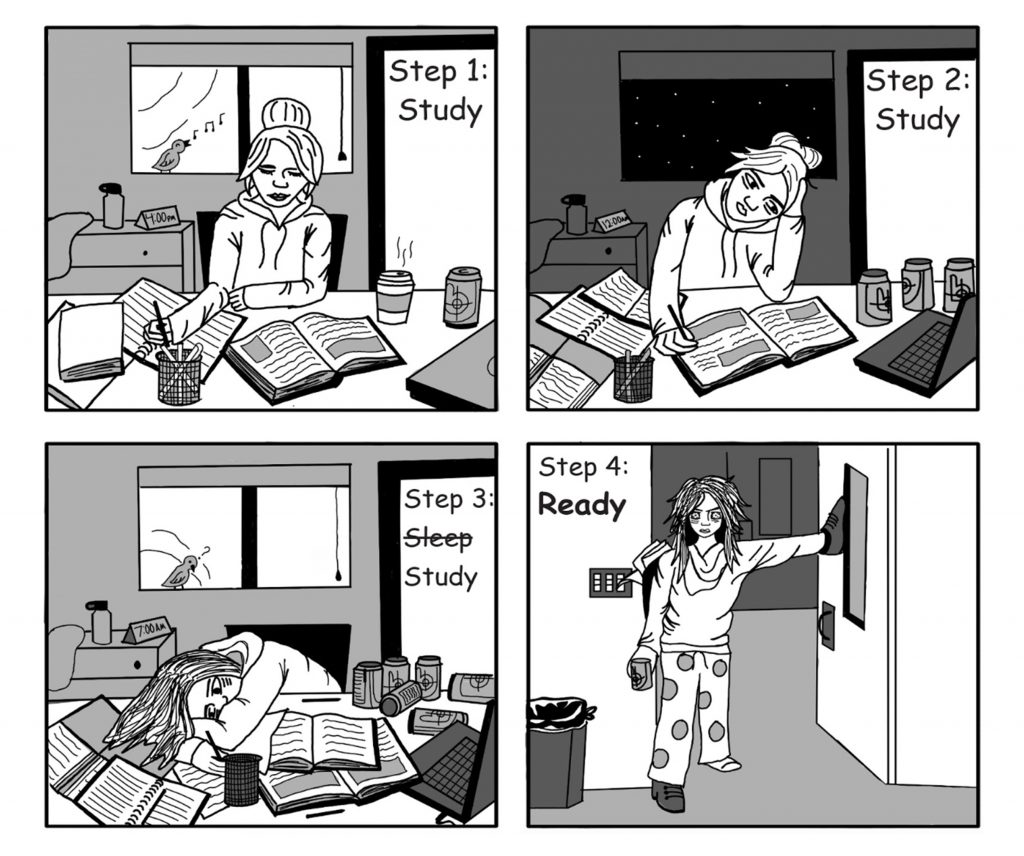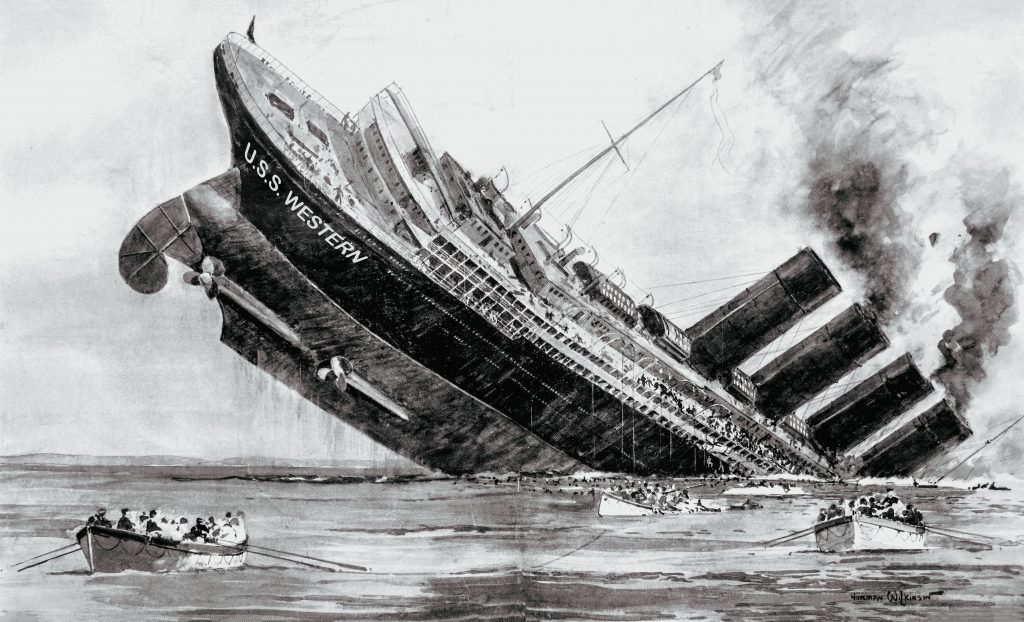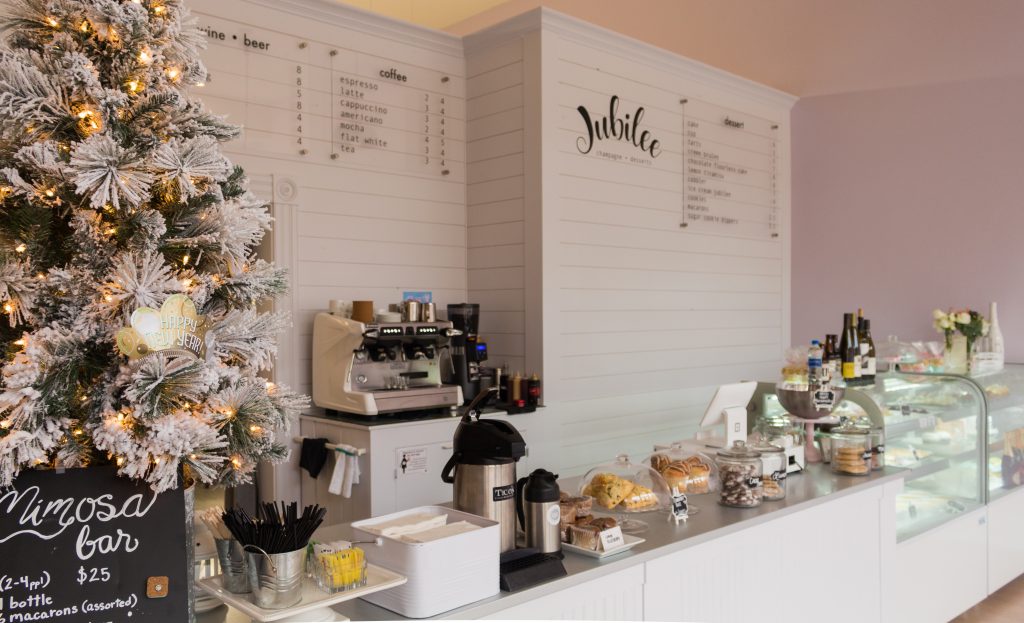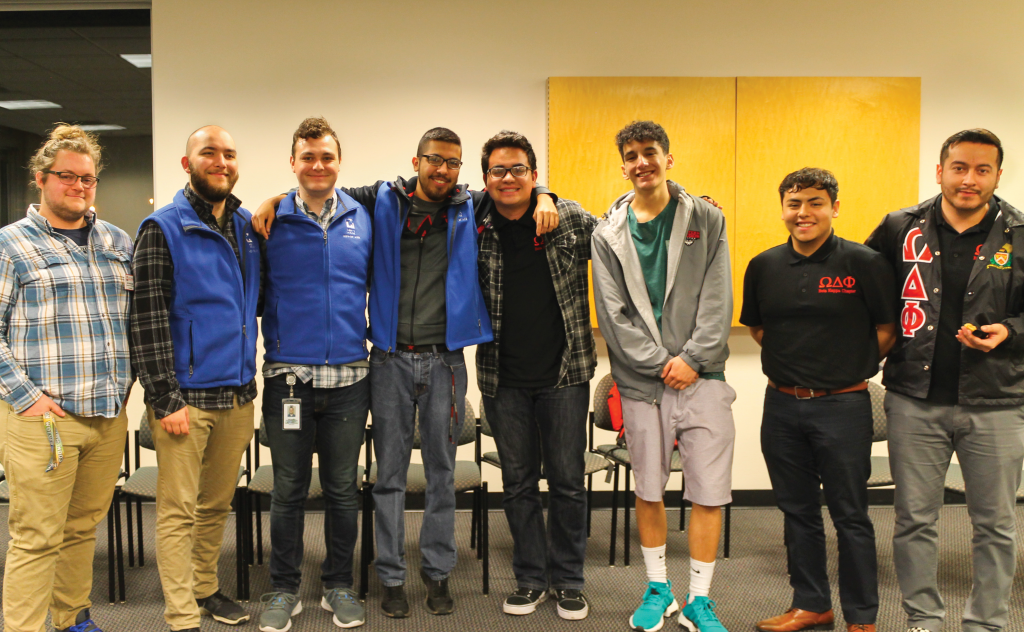
Bailey Thompson | Editor de noticias
In her New York Times article, Maya Salam defines toxic masculinity as “what can come of teaching boys that they can’t express emotion openly; that they have to be ‘tough all the time’; that anything other than that makes them ‘feminine’ or weak.”
Aiming to discuss this concept with the Western community, Abby’s House and Omega Delta Phi joined together on Jan. 24, seeking to start a conversation.
Leading the two-hour discussion, Aislinn Addington, director of Abby’s House, and Tim Glascock, director of the WOU CASA and Campus Suicide Prevention programs, shared the vision they had for the conversation.
“It’s about exploring what it means for all of our campus men to play a positive role in preventing sexual assault, dating violence and stalking,” said Addington. “It’s about what that means for our whole campus community.”
Glascock then communicated that people can start by simply listening to the experiences of those around them.
“We want to recognize that everyone has a story to tell, and we’re here to hear those stories and to connect with one another,” said Glascock.
Individuals then shared stories of how toxic masculinity has impacted their lives. And, while each person had their own unique story, there were some ideas that could be tracked throughout many: toxic masculinity is often used as a defense, intersectionality can contribute to the different masculinities seen in various communities and identifying harmful gender stereotypes is necessary before people are able to combat them.
After the discussion I spoke with Keith Mathew, a senior community health education major and Abby’s House advocate, who shared his perspective that toxic masculinity is not a problem exclusive to heterosexual men.
“It is apparent in all kinds of relationships, and the example I shared about another man who was messaging me for romantic reasons had such a narrow definition of masculinity,” said Mathew. “I think it’s important to show that gay men — we’re not all perfect. We’re not the perfect woke community. We still have our issues that we’re figuring out.”
Additionally, Erik Morgan, senior philosophy major and ASWOU Vice President encouraged men to realize that there are others out there who looking to engage in these conversations.
“Men helping other men overcome toxic masculinity — that’s one of the most important drivers,” said Morgan. “It just can’t be any single person. It has to be an entire movement: not just one, but the many.”
If students would like to learn more about toxic masculinity or contribute to the conversation, they can contact Addington at addingtona@wou.edu or Glascock at glascockt@wou.edu.
Póngase en contacto con el autor en howlnews@wou.edu
Foto cortesía de Bailey Thompson


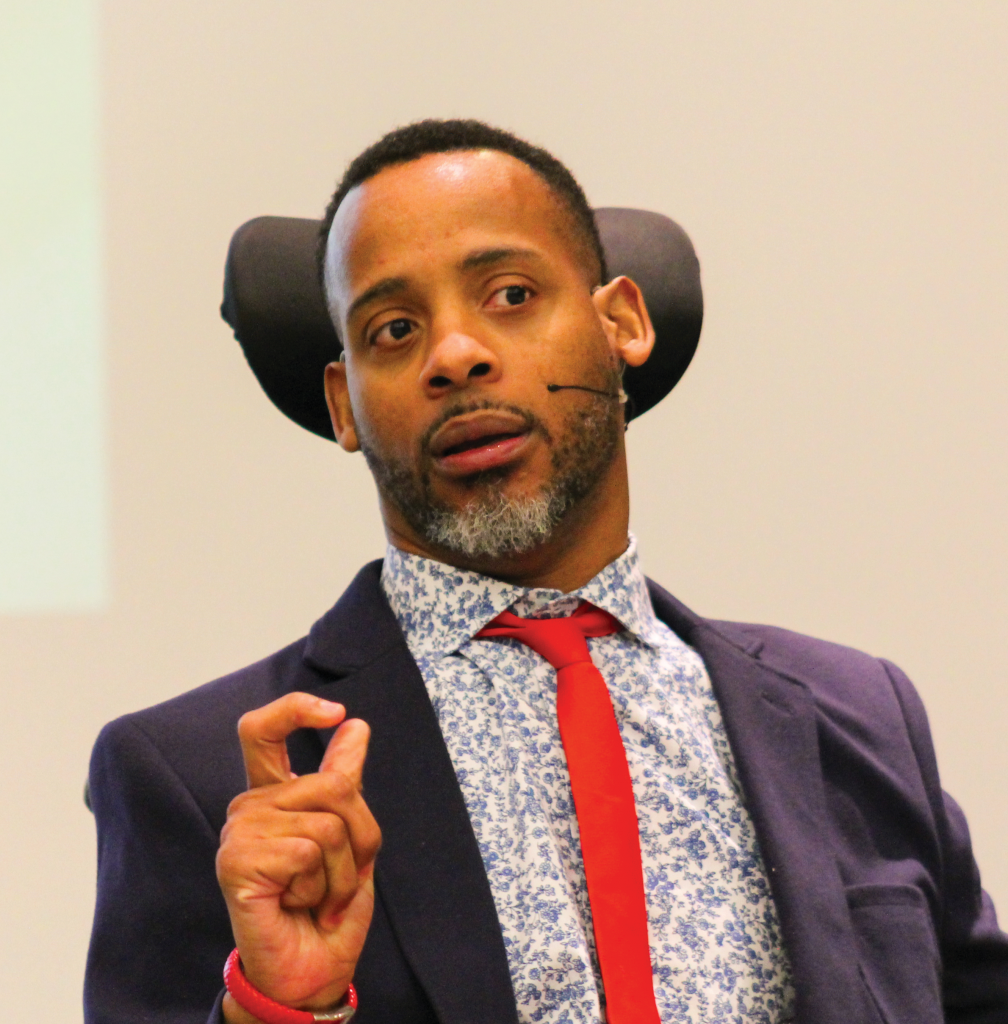
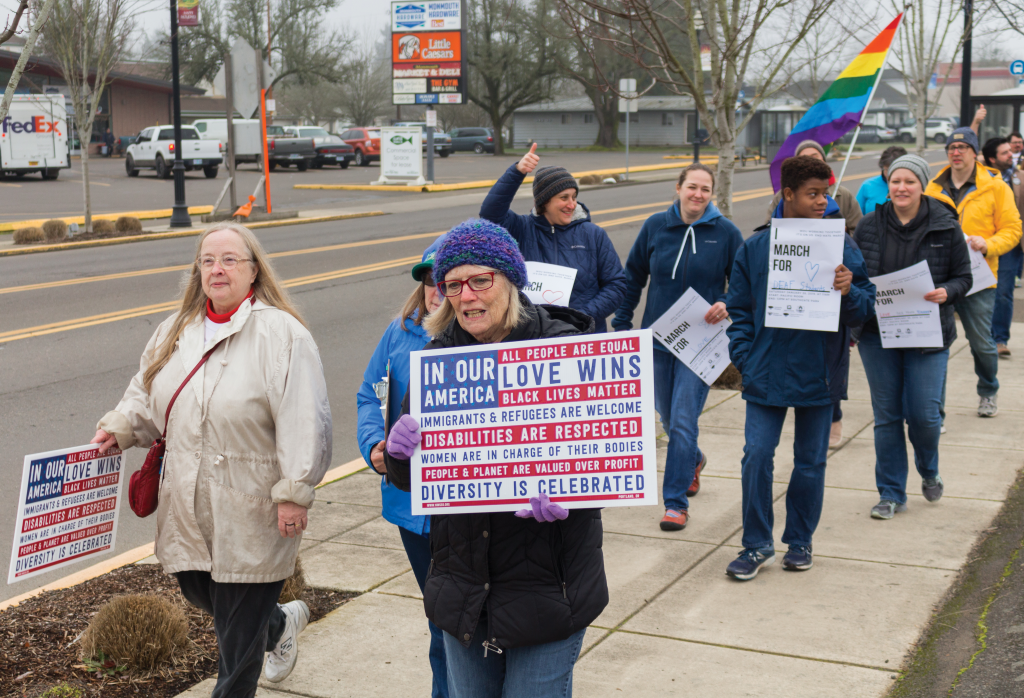
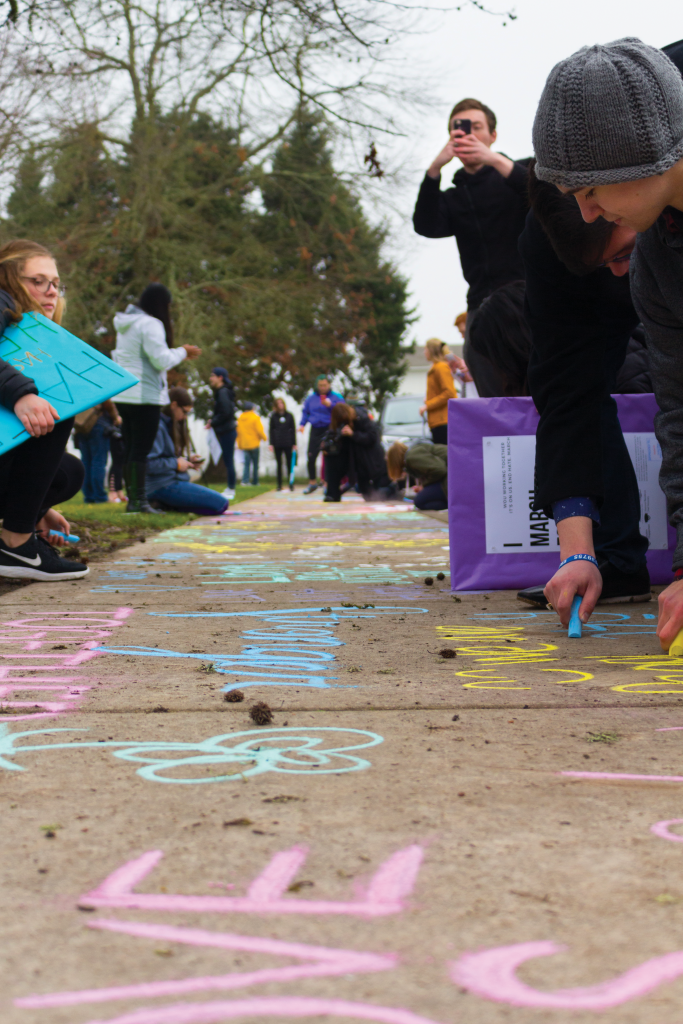 “The graffiti placed here is not only a manifestation of a larger act, but an escalation of hate that must be conquered,” said Monmouth City Councilor Christopher Lopez. “To oppose bad things in this world, we must not only feel the good and embrace it, but act upon it. This togetherness, love, caring, openness, kindness and understanding only has power when it is paired with action.”
“The graffiti placed here is not only a manifestation of a larger act, but an escalation of hate that must be conquered,” said Monmouth City Councilor Christopher Lopez. “To oppose bad things in this world, we must not only feel the good and embrace it, but act upon it. This togetherness, love, caring, openness, kindness and understanding only has power when it is paired with action.”